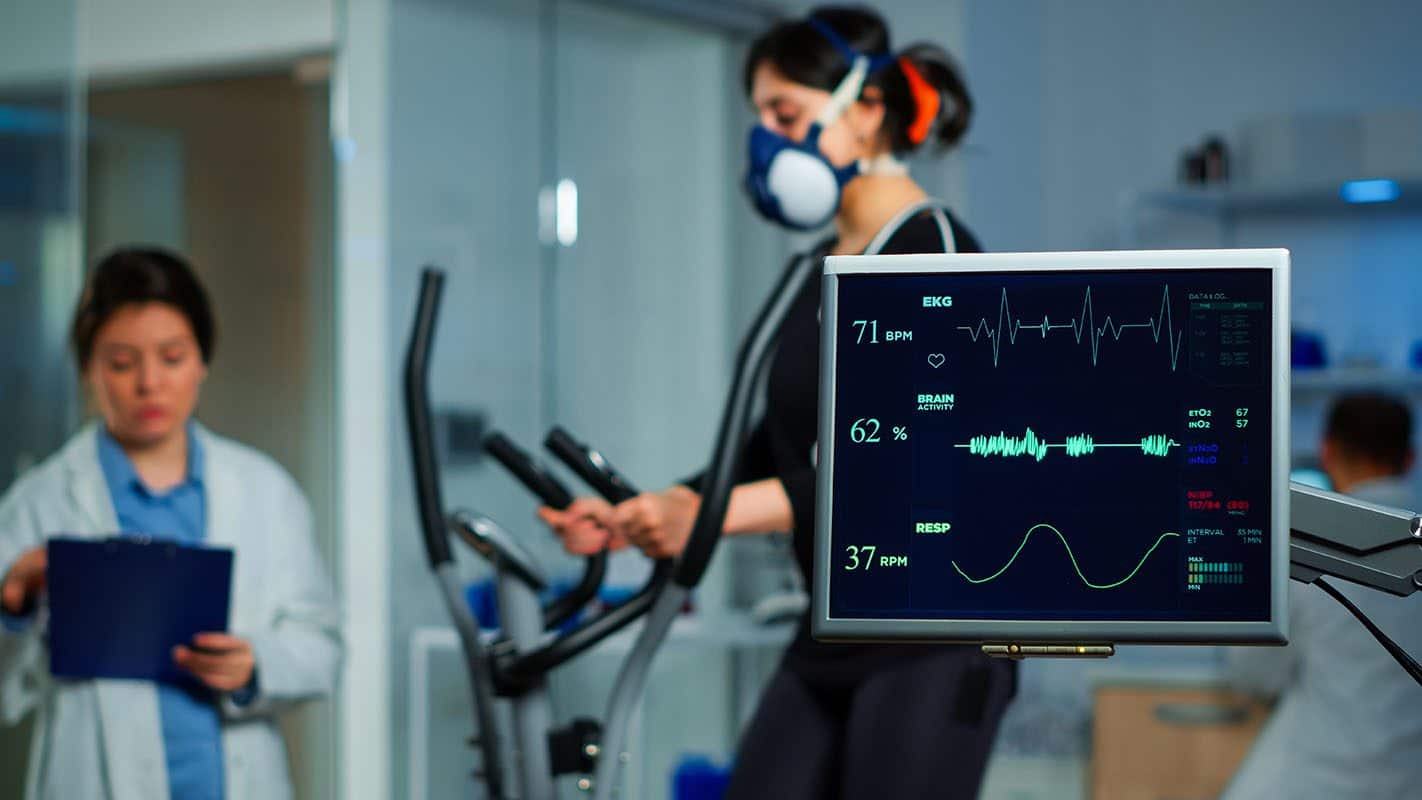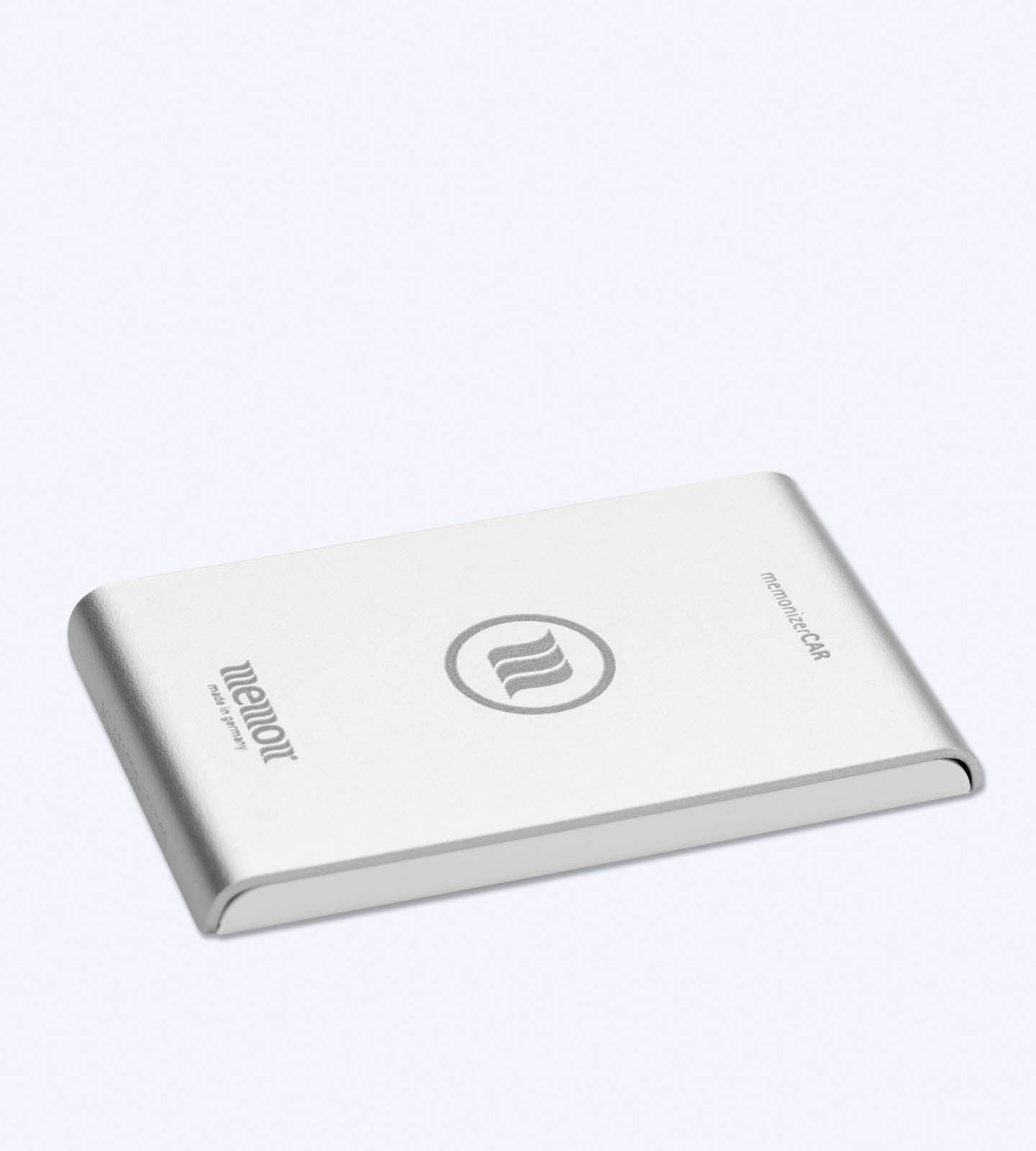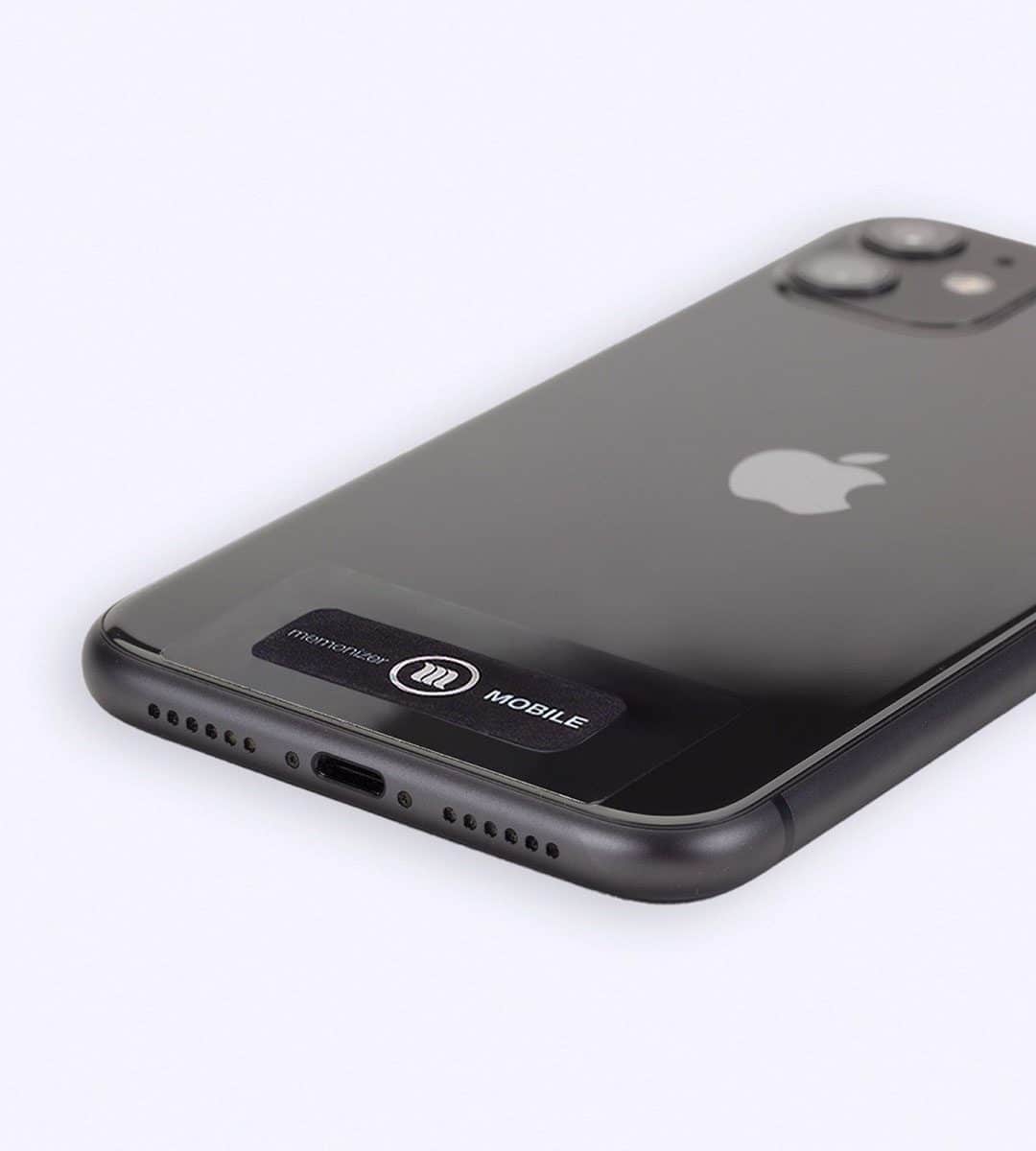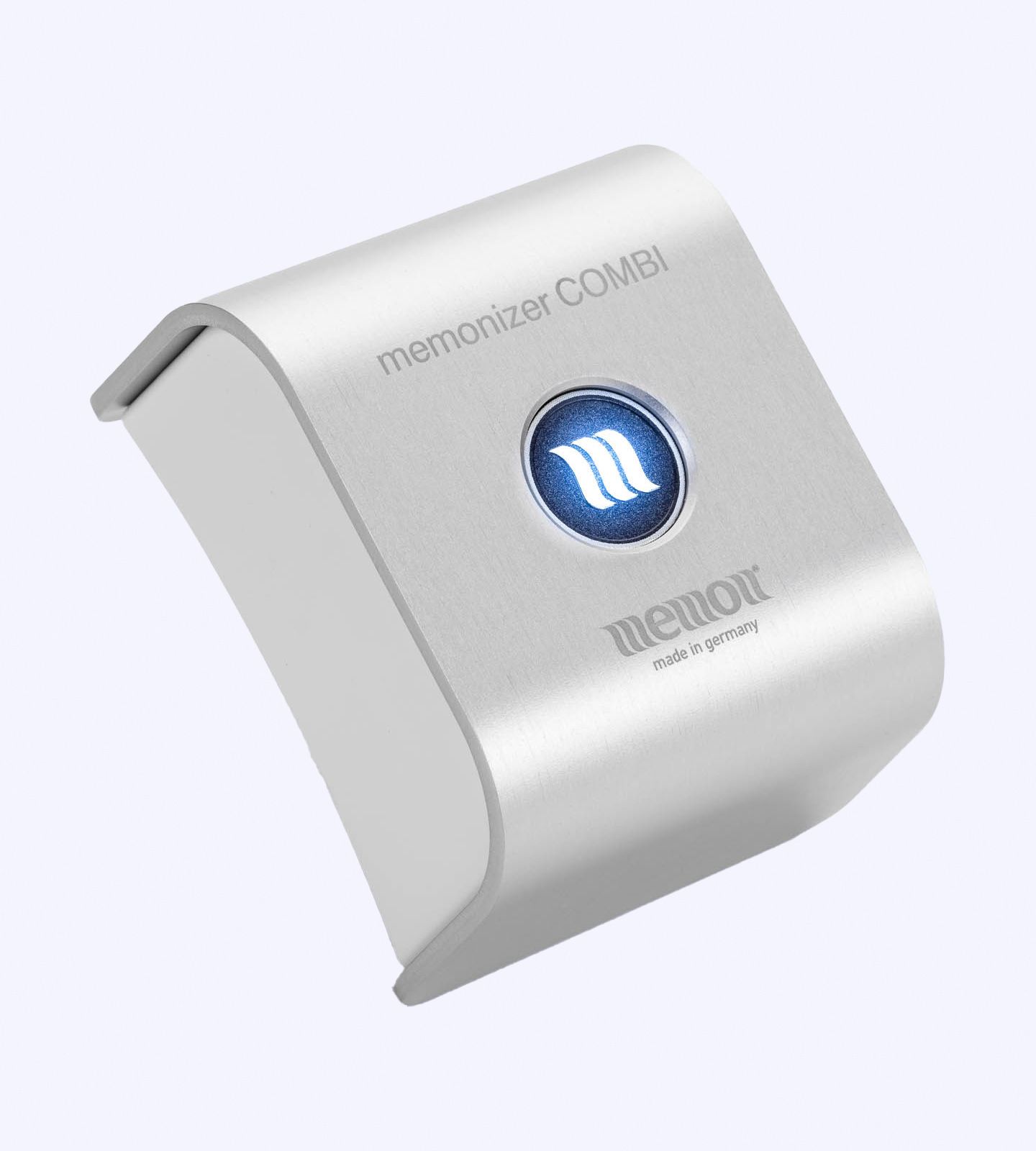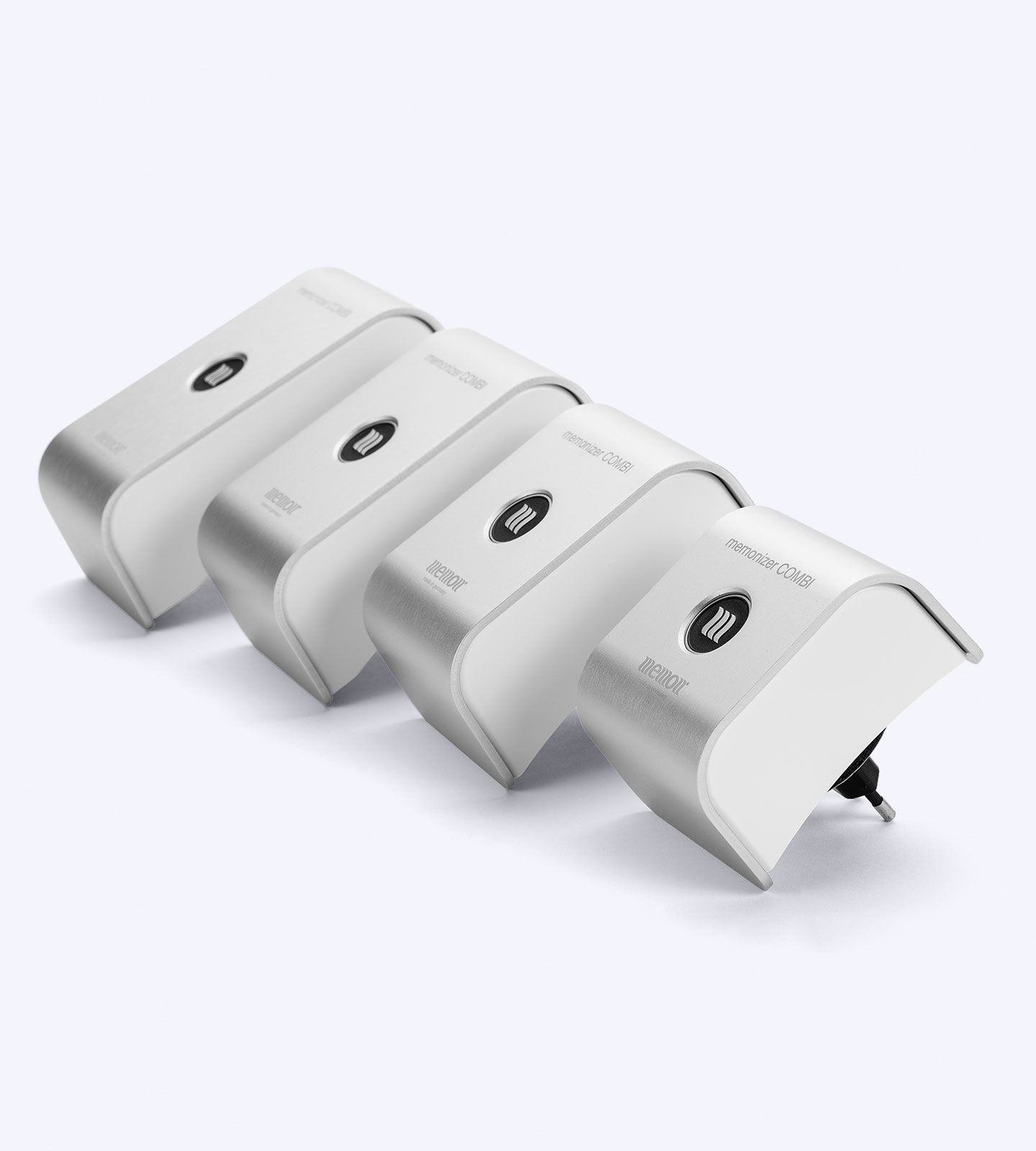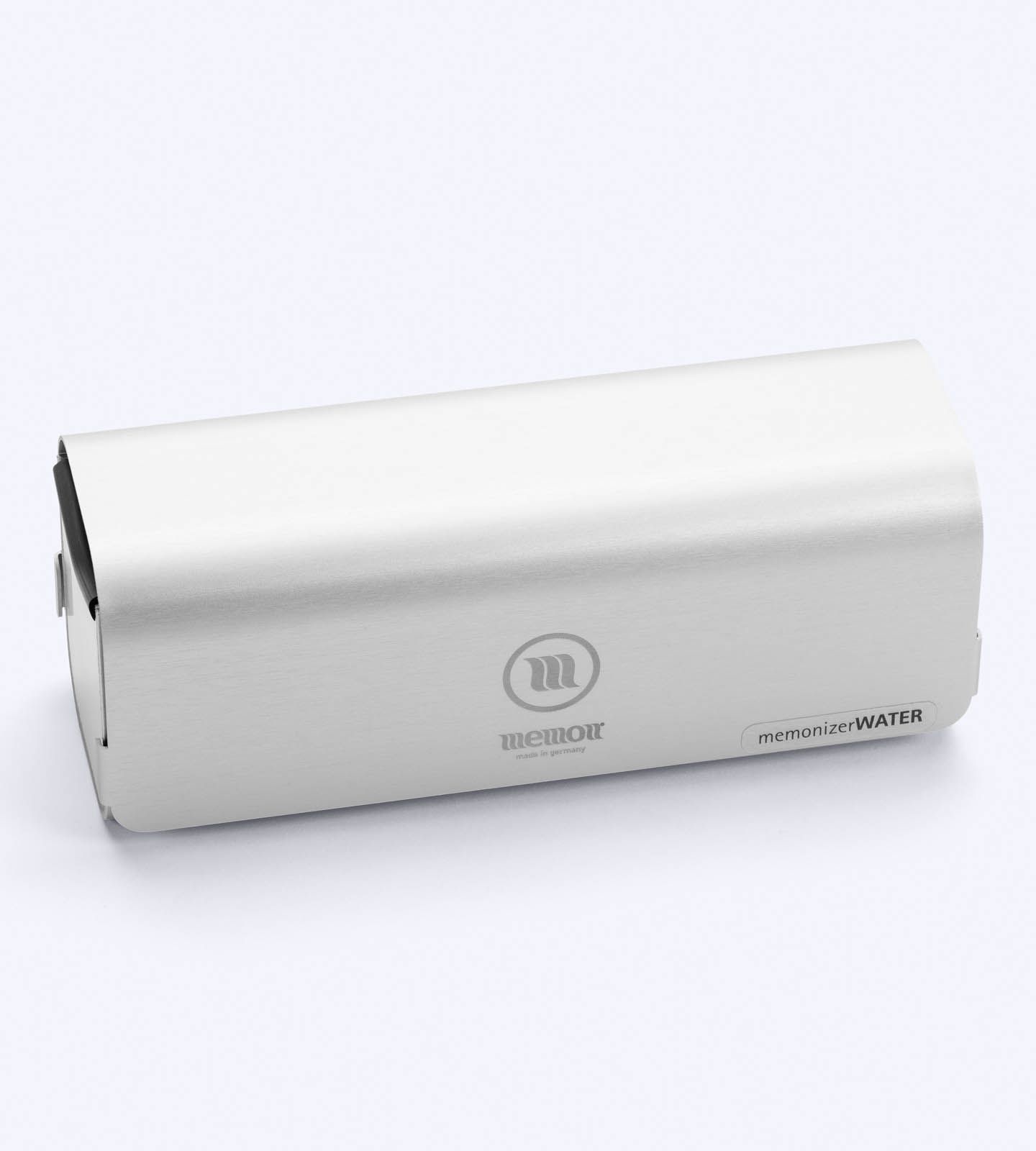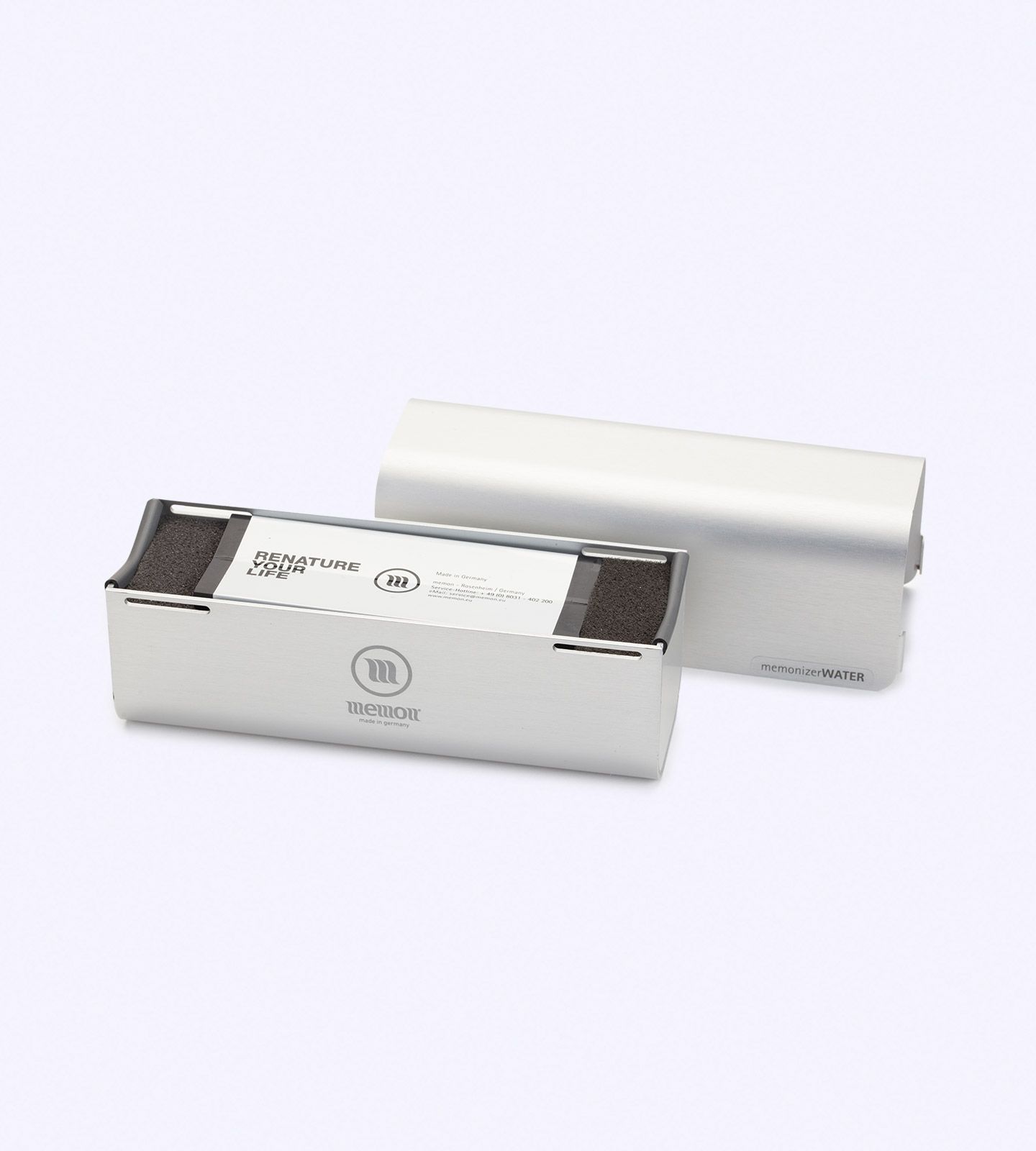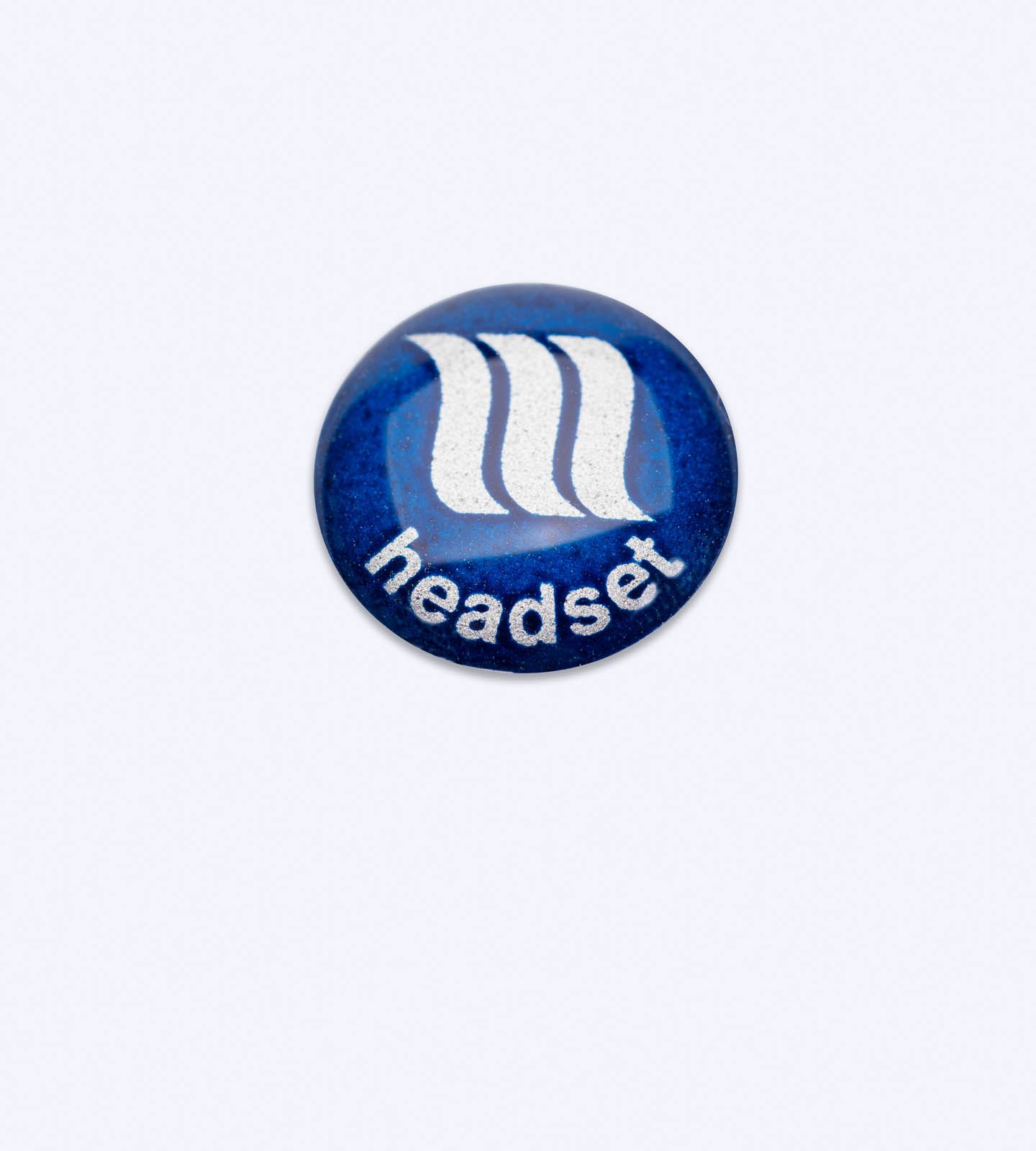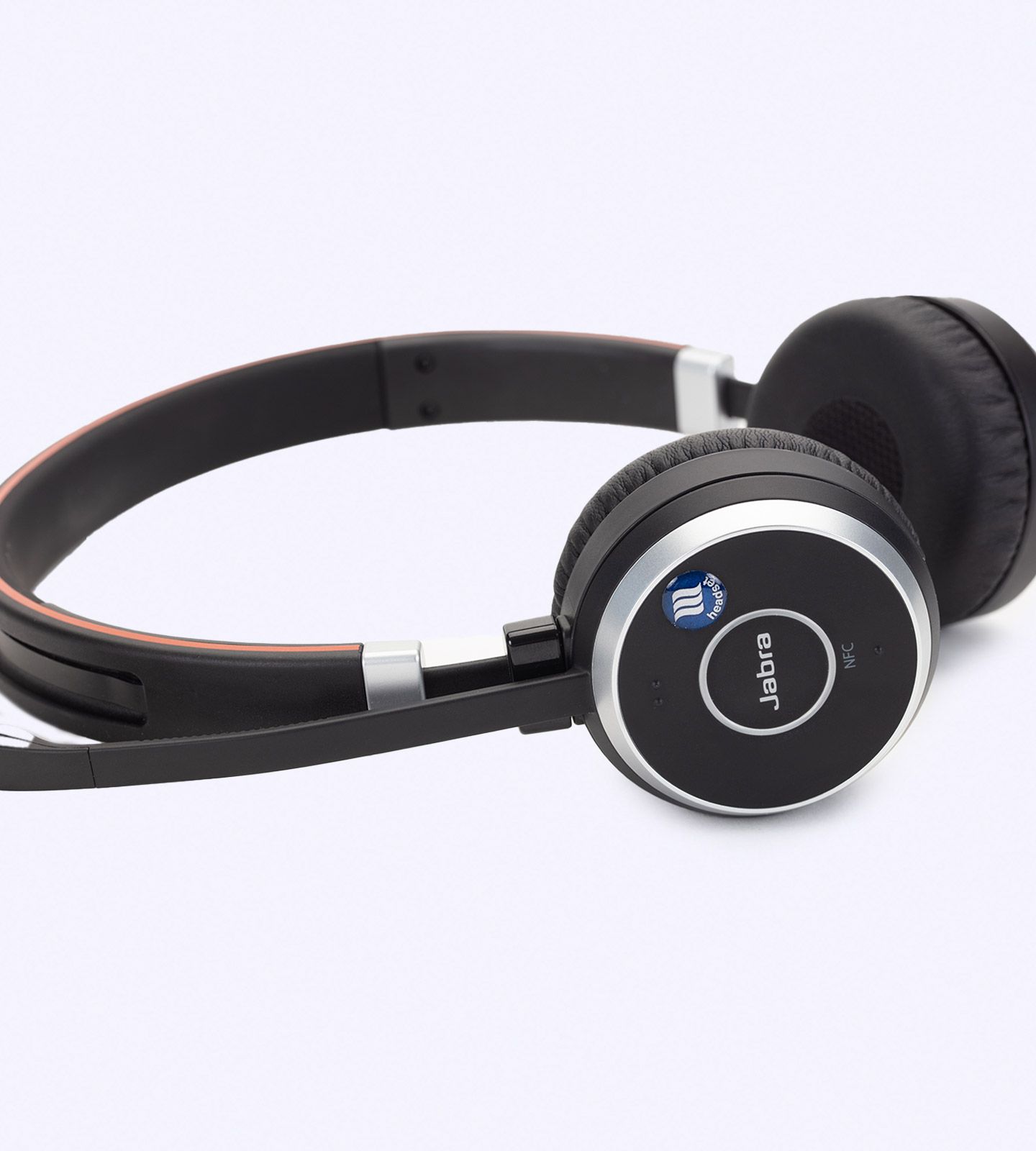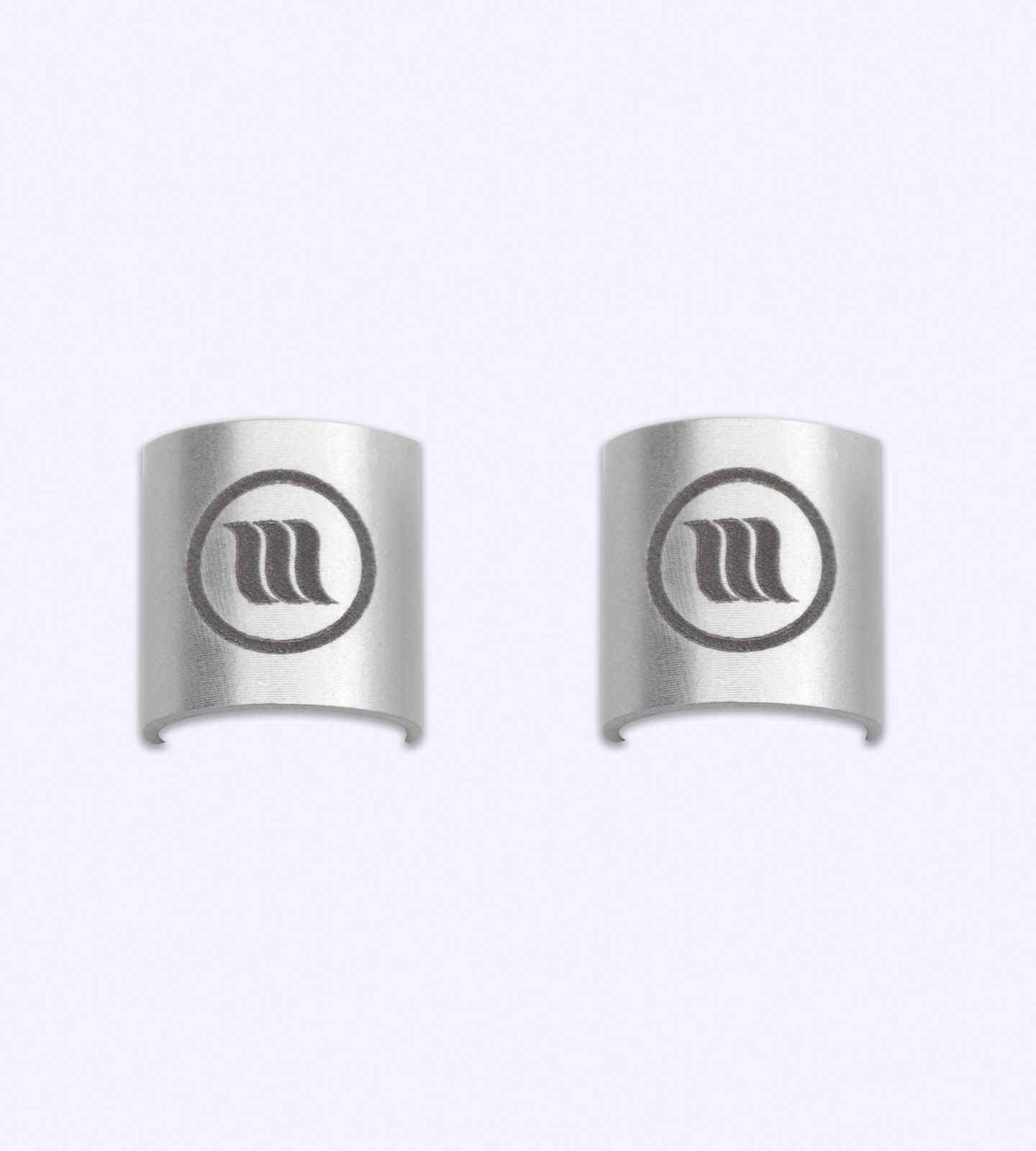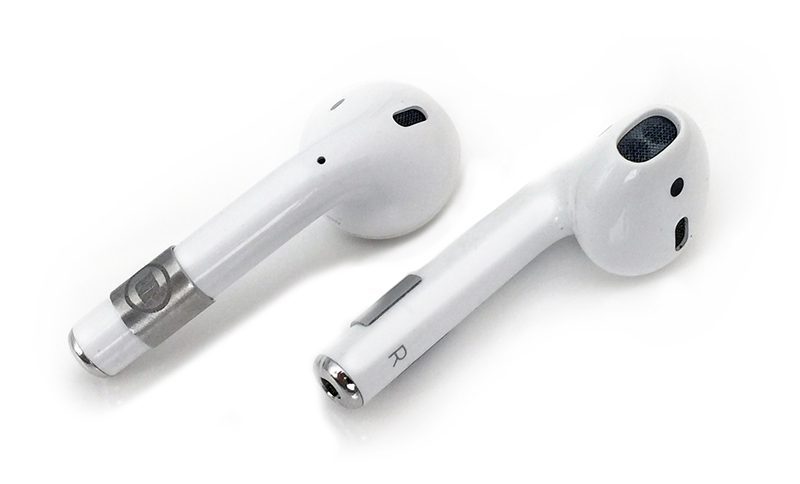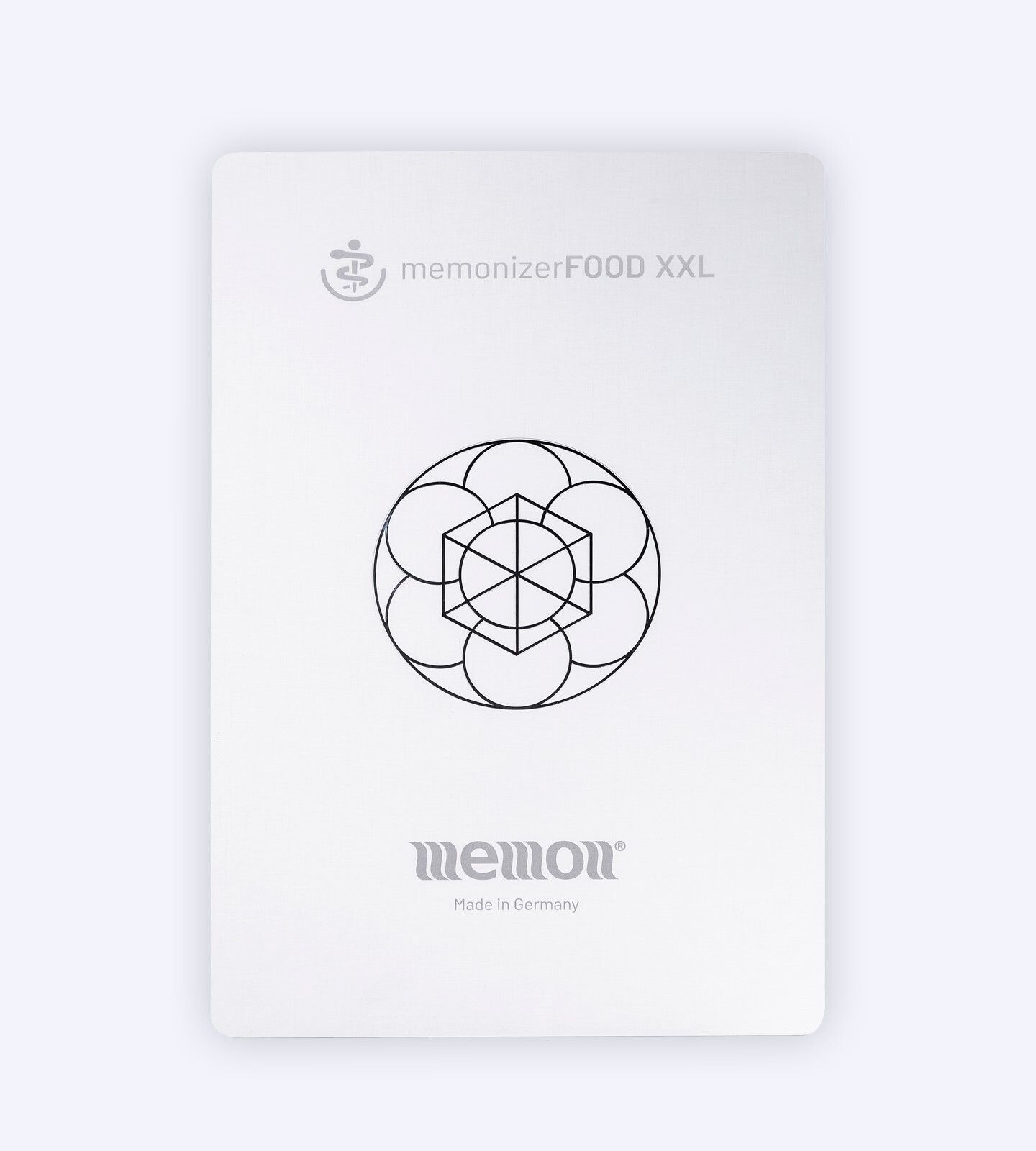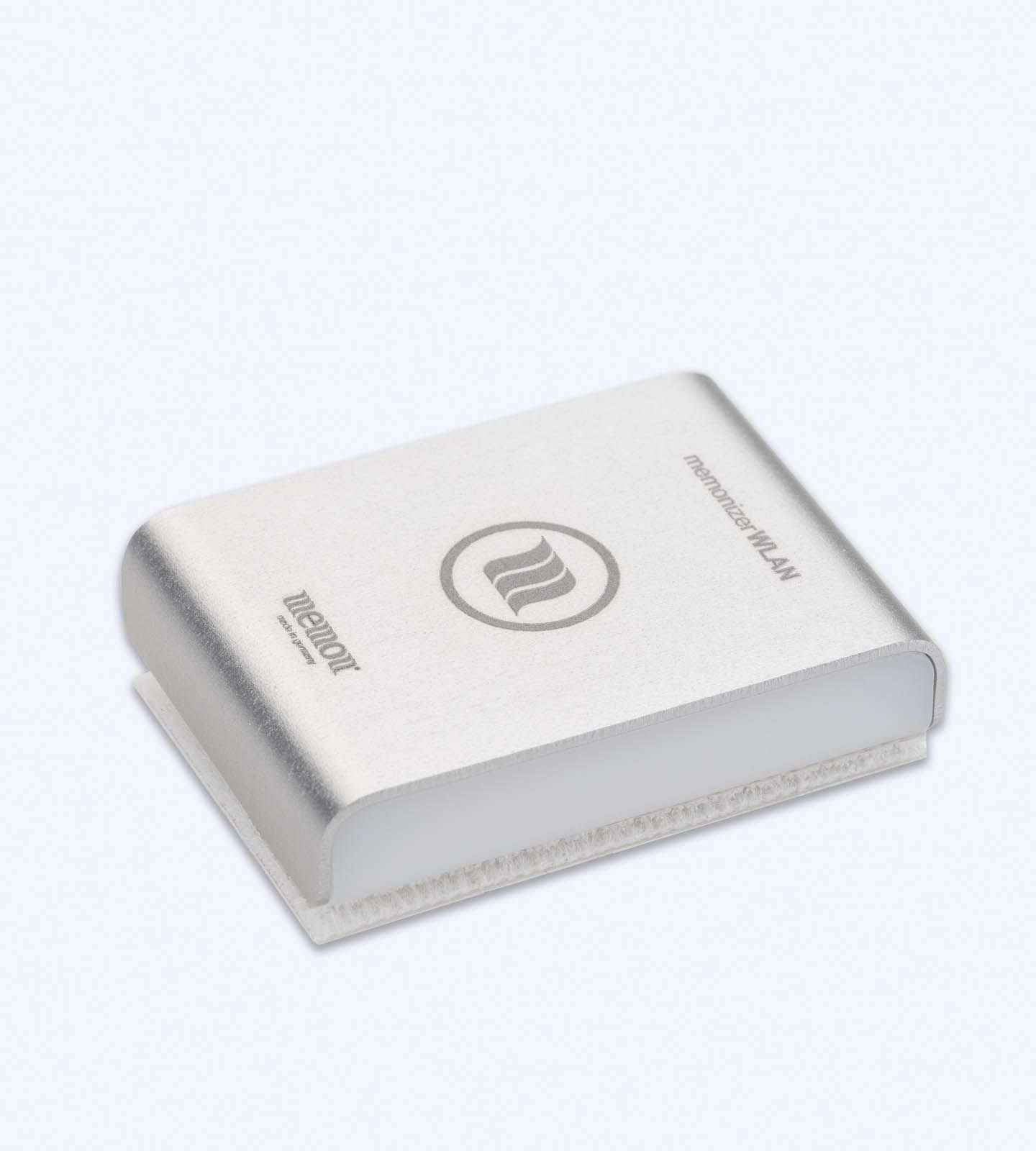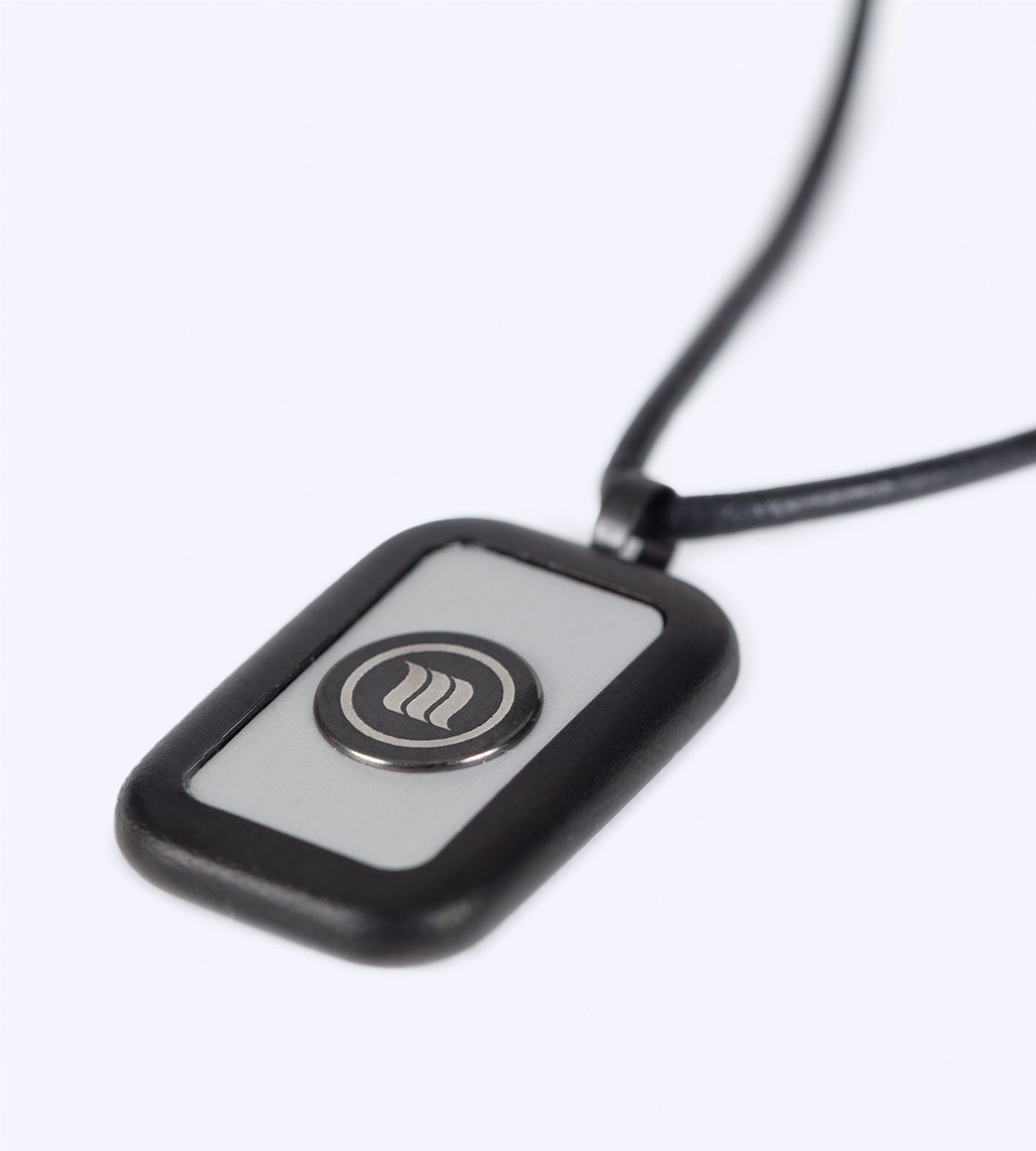
Double-Blind Study Confirms Memon Technology’s Effectiveness
Double-Blind Study Confirms Memon Technology’s Effectiveness
Digitalization provides numerous benefits to companies, such as real-time data transmission, which optimizes workflows, promotes sustainability, and maintains competitiveness. Employees also gain from digitalization, enjoying the flexibility to work more efficiently or remotely. However, digitalization carries significant risks.
The proliferation of digital devices, including laptops, tablets, and smartphones, has increased electromagnetic radiation from WLAN routers and similar sources. Consequently, we are exposed to high-frequency mobile phone and WLAN radiation constantly, leading to potential health issues like headaches, sleep disturbances, chronic stress, and weakened immune systems. This constant exposure can decrease productivity and increase illness rates.
Globally, many physicians warn about the serious health consequences of radiation exposure. Approximately 900 scientific studies worldwide have documented the harmful effects of electromagnetic radiation, even at levels below legal limits.
In addition to radiation, fine particulate matter (fine dust) poses another health risk. The finer the particles, the deeper they penetrate into our bodies, with the smallest particles entering our bloodstream. Many people mistakenly believe that fine particulate matter is only found on busy roads and industrial sites. In reality, indoor pollution can be significantly higher, especially in offices and production facilities, posing long-term health risks.
Memon Technology: Effective Protection
Memon technology addresses these issues by protecting individuals from the negative effects of electrosmog and fine particulate matter, whether at home, work, or on the move. It neutralizes harmful electromagnetic radiation and reduces fine particulate matter in the air. This technology is based on bioenergetic principles that restore the natural state. Erika Felder, who co-founded memon bionic instruments with her husband Hans Felder nearly 20 years ago, explains, “Memon technology is a bioenergetic information technology that compensates for negative environmental influences.”
Entrepreneurs Promote Workplace Protection
Electromagnetic radiation and fine particulate matter are ubiquitous, especially in the workplace. Consequently, more business owners are recognizing the need to protect their employees from these harmful effects to prioritize their well-being.
Scientific Study at Stiegl Brewery
The Stiegl Brewery in Salzburg, employing 750 workers, has implemented memon technology throughout its operations, including production halls and offices. To scientifically document the effects of memon on employees, Sigmund Freud University Vienna (SFU) conducted research. Additionally, experts from Grimm, a leading manufacturer of aerosol measuring devices, measured indoor air quality changes.
In a rigorous double-blind study, scientists evaluated various health parameters of Stiegl employees before and after memon installation. The results after four weeks were surprising. “The effect of memon technology was once again impressively proven in the scientific double-blind study,” stated Tilo Rößler, the scientific project manager. “These results demonstrate that memon technology can significantly contribute to occupational health promotion and is an essential component of workplace healthcare,” Rößler concluded.
Groundbreaking Scientific Findings on the Effect of Memon Technology
In a double-blind study, the Sigmund Freud University Vienna (SFU) scientifically tested and evaluated the effect of memon technology at the Stiegl Brewery in Salzburg. The results are a scientific sensation.
What Was the Aim of the Study?
The SFU study aimed to answer the following questions:
- Can memon technology improve the vitality levels of employees exposed to permanent environmental influences such as electromagnetic fields and radiation in the company?
- Is it possible to minimize the health risks associated with these environmental impacts by using memon technology?
- Is the use of memon technology sensible and necessary in the context of occupational health care?
How Did the Scientists Go About It?
To answer these questions, the heart rate variability (HRV) of 50 Stiegl employees was examined in two measurement cycles over a period of four weeks. HRV is understood as the variations in heart rate from beat to beat. It is calculated from the millisecond intervals between individual heartbeats. The change in these distances is an expression of the regulatory capacity of the autonomic nervous system, which controls all essential functional processes in the human organism.
Regulatory capacity in this context means the ability of the body to react to stress with performance and to relief with relaxation. If an organism is under stress, this leads to lower variability of heartbeats. In contrast, significantly higher variability is measurable in rest/relaxation phases. If a high variability is measured within a certain period of time, a conclusion can be drawn about the organism’s high regulatory capacity. In the case of negative environmental influences such as electromagnetic radiation, stress, or diseases, the variability decreases, and the regulatory capacity is limited. HRV measurements therefore allow a deep and sensitive insight into the “work” of our heart.
Studies of the effects of WLAN on humans are already known. Through HRV examinations, it is possible to see in real-time how the radiation emitted by a WLAN router increases tension and how relaxation almost hardly takes place.
The HRV Vitality Index – A Special Health Indicator
The vitality index is a value of HRV that is composed of several parameters. This is a special measure to depict a person’s vital resources. Additionally, the vitality index expresses the regulatory capacity of the autonomic nervous system and represents an indicator of a person’s physical and mental state of health. It includes the assessment of the direction in which this state can develop. Thus, the vitality index can be used to check whether certain measures have an effect and, in particular, whether a specific measure – e.g., the use of memon technology – serves to promote health.
How Was the Study Conducted?
The study showed the vitality of employees in two divisions of Stiegl Brewery by means of HRV. After the first measurement of all study participants, one division was equipped with active memonizers (memonizerCOMBI) and the other division with memonizer dummies (memonizers without function). After four weeks, the study participants were subjected to a second measurement. To exclude undesirable environmental effects in the homes of the participants, those employees whose company area was equipped with active memonizers were also equipped with active memonizers at home. The other study participants received dummies for their homes.
Thus, the study participants were divided into a control group (group A, devices without function) and an intervention group (group B, devices with function). The group size was 25 subjects in each case. The study participants did not know which group they were in. The memonizers used were visually indistinguishable in terms of functionality. The Sigmund Freud University Vienna was also unaware of the participants’ group assignment. The SFU scientists did not even know how the memon technology worked. The study was therefore conducted in a double-blinded manner (double-blind study). The resolution only took place with the presentation of the evaluated study results.
What Came Out?
The evaluation of the measurements showed a significant difference between group B and group A. The values of the participants of group A (memonizer without function) remained the same or even worsened. The values of the test persons in group B (memonizer with function), on the other hand, showed a reaction to the effect of the memon technology. In test persons with an already strong overvitality (over-stimulus) in the first measurement, a regulation of the vitality index to the normal value could be determined. In subjects who were found to have a low vitality index in the first measurement, a significant increase in the vitality index towards the normal value could be demonstrated in the second measurement. The values in group B have therefore changed in the opposite direction to the respective initial value. From this, it can be concluded that the memon technology has a balancing effect. In group A, such an occurrence could not be observed.
The result showed a regulation (normalization) of the vitality index under the effect of memon technology. Memon technology brings about a balance and in this respect follows the natural principle of compensation. Memon supports and regulates this compensation so that, in medical terminology, homeostasis – a state of equilibrium – is created.
Forward-Thinking Firms Prioritize Employee Health
Often, mid-sized or family-run businesses lead the way with innovative ideas and shape the future through sustainable practices. They recognize their responsibility towards people and the environment, with employees playing a crucial role in their success. Recognizing the impact of well-being on motivation and performance, Stiegl Brewery in Salzburg prioritizes its employees’ health with a comprehensive program.
Creating a Healthy Work Environment
Exercise, a healthy diet, and mindfulness contribute significantly to a healthy life, especially in a demanding work environment. Mental health, stemming from inner balance, is crucial as constant pressure can lead to illness despite physical well-being. Stiegl Brewery’s HR Manager, Mag. Kerstin Vockner, emphasizes the importance of a positive work environment for their 750 employees across seven branches. They offer a holistic program covering exercise, nutrition, and mindfulness, empowering employees to take responsibility for their health.
Digitalization vs. Health
While companies provide resources for a healthy lifestyle, protecting employees from negative environmental influences, like electrosmog from digital devices, is a growing challenge. Stiegl Brewery’s owners proactively integrated memon technology to protect all employees from electromagnetic radiation and fine particulate matter pollution, creating a natural indoor climate. This holistic approach included brain research to raise awareness about the effects of constant online activity.
Scientifically Confirmed Effects
A study conducted by Sigmund Freud University confirmed the positive effects of memon technology, surprising and convincing Stiegl employees. The HR manager observed memon’s balancing effect, activating those with low energy and calming those with excess energy. These findings will be integrated into future management training seminars, highlighting Stiegl Brewery’s pioneering role in prioritizing employee health
Recent Posts
Top Products
-
EMF MemonizerCar
$592.00 – $810.00 -
EMF memonizerMOBILE
$149.00 -
EMF memonizerCOMBI plug
$1,350.00 – $3,950.00 -
EMF memonizerWATER
$1,150.00 -
EMF memonizerHEADSET
$149.00 -
EMF memonizerEARPHONE
$149.00 -
EMF memonizerFOOD
$140.00 -
EMF memonizerWLAN
$305.00 -
EMF memonizerBODY pendant
$405.00

